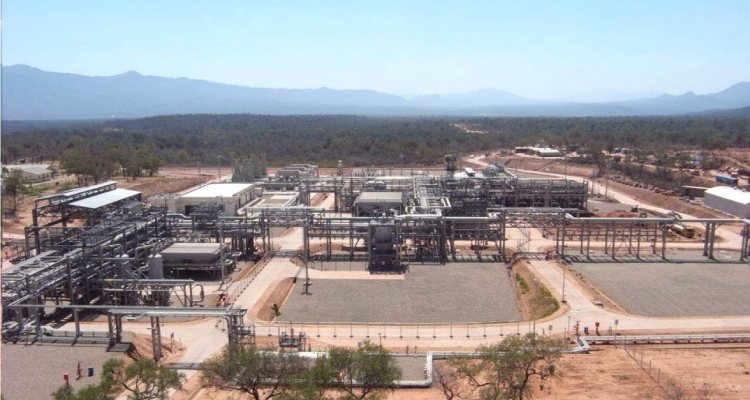Reusing water and fuel
Reusing water and fuel
Consume less virgin raw materials by reusing the water and fuel extracted from waste treatment.
Creating less waste
Creating less waste
Reducing the amount of final waste therefore reduces the environmental footprint.
Avoiding transportation
Avoiding transportation
Manage our waste at our own facilities without having to transport it, thus avoiding the environmental impact associated with transportation.

-lpr.jpg.transform/rp-rendition-md/image.jpg)


















